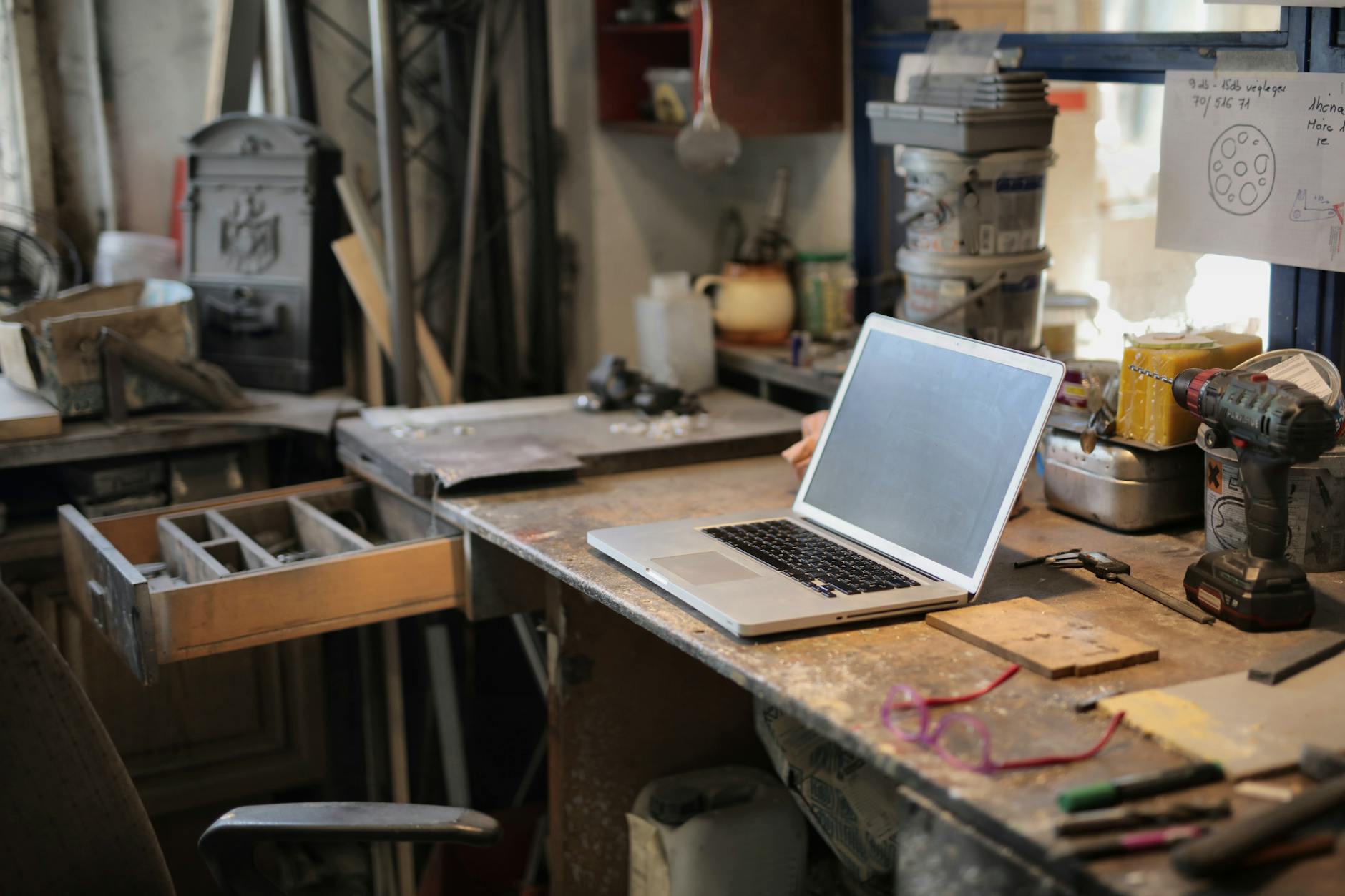The seasonality of fashion leached across into the world of tech and electrical goods about 20 years ago. Releasing new models and upgrades each year by building hype around the latest colour, design of button, to hide or not to hide… and forcing customers to buy the newest by building in obsolescence and reducing support has resulted in the inability to easily repair something if it breaks. People are not in control of their purchases. They’ve been made to feel inadequate and outdated themselves if they don’t just bin something and sport the latest tech with pride.
E Waste
Our e waste problem has been growing so fast recently that according to the World Health Organisation it’s one of the fastest growing solid waste streams in the world. Common items in e-waste streams include computers, mobile phones, large household appliances, and medical equipment. Millions of tonnes of e-waste are recycled using unsound activities, as well as being stored in homes, dumped and illegally exported. When e-waste is recycled using unauthorised activities, it can release up to 1000 different chemical substances into the environment, including known neurotoxicants such as lead.

Take new phones. There were 1.3b made in 2023 according to Statista. This is slightly lower than 2022 but we still need to reduce this more.
A Welcome Change with right to repair
The European movement Right to Repair, has been tackling this problem head on. They’ve been lobbying governments and demanding big businesses to manufacture products in such a way that people can either repair items themselves, with spare parts being easily accessible. Or enable authorised repairers to fix things with supporting documentation.
Their latest publication in collaboration with iFixit takes stock of current right to repair policy and legislation in the EU. IT highlights the real extent of a customer’s right to repair as of 2024. As well as the policy gaps that need to be addressed going forward.
This is all high level, cross boundary legislative pressure and although necessary is only part of the solution. What you can do as a person on the ground to help prevent e waste, reduce the amount of finite resources being mined and just reduce your own carbon footprint is keep devices longer.
Just ask yourself
Do you really need the latest upgrade? Will your photos still look amazing with a camera which is 14 months old? Getting screens repaired, batteries replaced or even a new washing machine drum fitted is all a better way to consume electrical goods than just ditching and buying new because you can.
Let us know of any good money saving repairs you have achieved, our best ones so far have been:
- Replacing a small widget inside a tumble dryer. It took a couple of hours and looked like we had dropped the dryer off the roof for a while. But in the end it saved us over £600 and was immensely satisfying to do!
- Using YouTube to find out how to repair a coffee machine. For the cost of a £3 tool and a couple of washers we breathed life into a coffee machine – TWICE. Saving well over £1,000.
repair workshops
More towns now run repair workshops for all sorts of items, not just electrical goods. Often attached to libraries and cafes, websites such as Repair Cafe are a good place to start looking if you don’t have the courage to try yourself! But like us turn to YouTube for videos to repair just about anything!
Good Luck!
